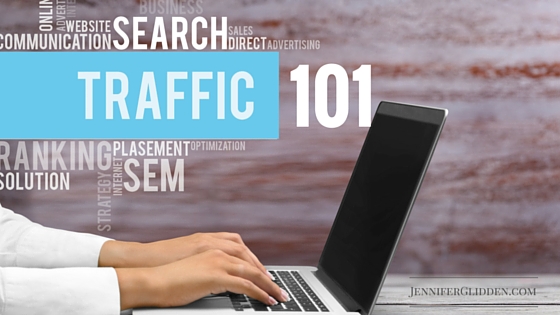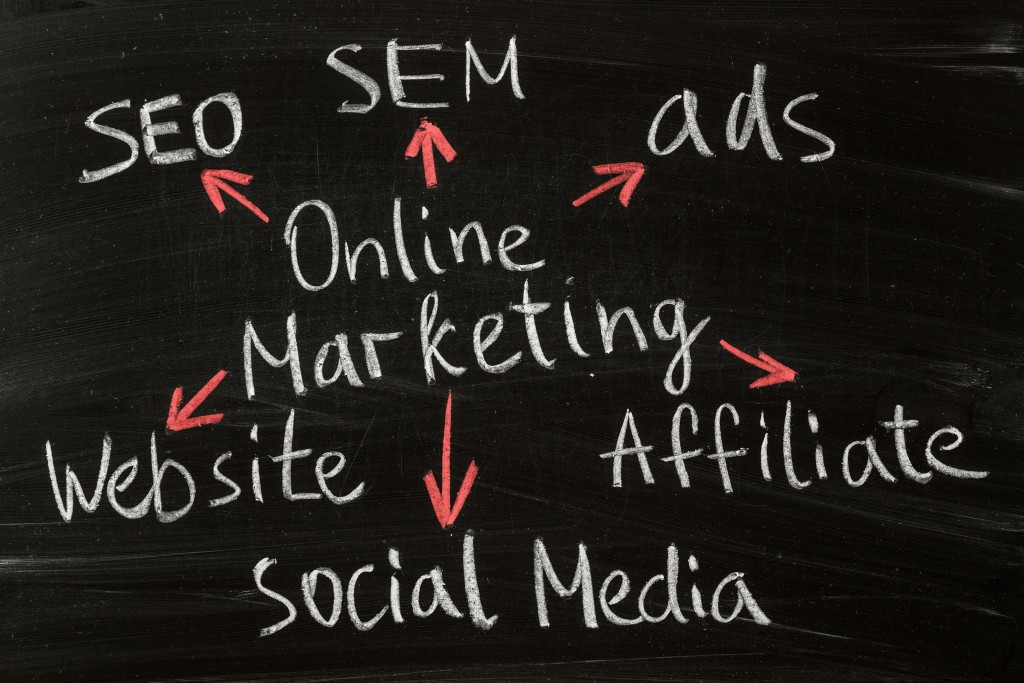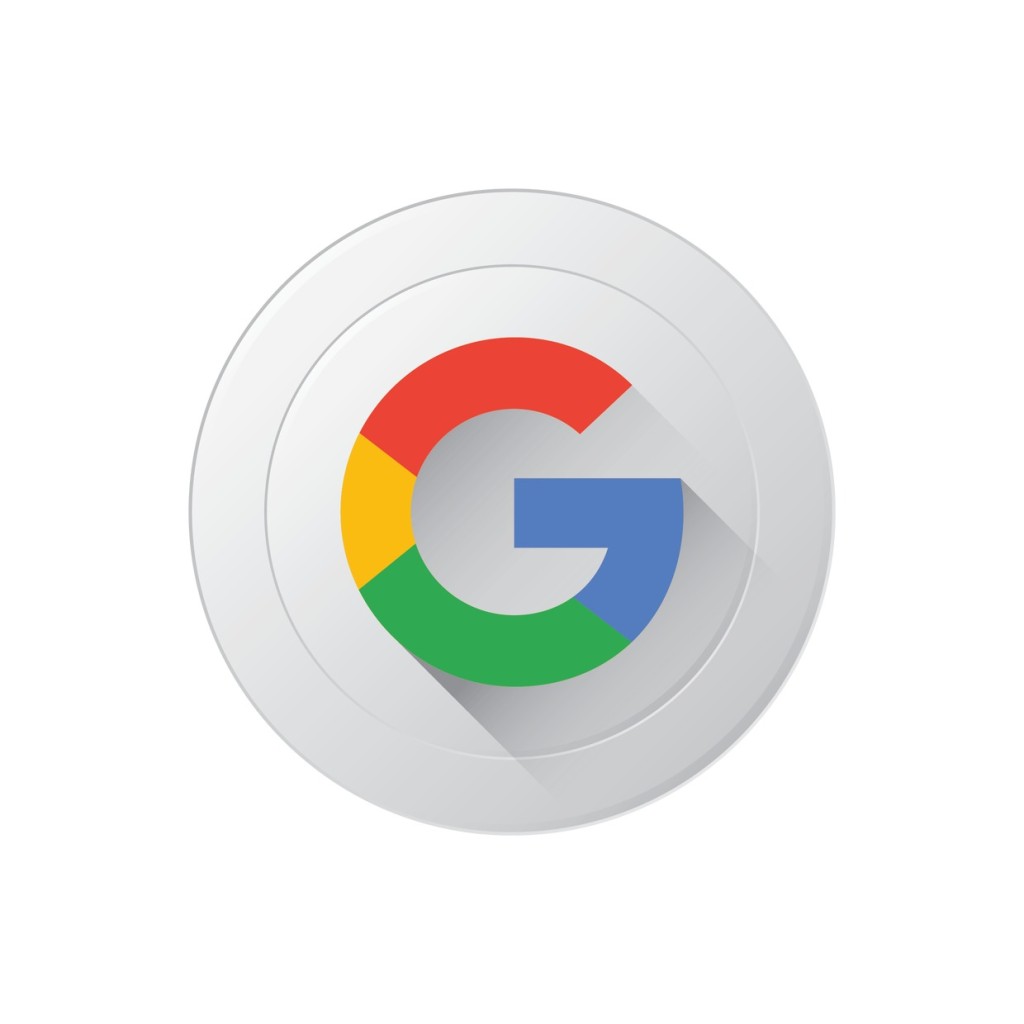
There are literally more ways to drive traffic to your offer than there are websites on the internet. Where does a new person start? Here’s a where to “Get Traffic” primer for you.
Before we get into the details, it’s helpful to consider marketing as an art. Depending on your offer and your target audience, one placement of the same ad may get a far better response in one place than another. Please do not make the mistake of trying one type of marketing for a brief period, not getting the response you’d like, and determining that that type or marketing doesn’t work all together.
Every marketing mode requires skill, patience, and many different angles to see what works best. An approach that works with one market may fall on deaf ears in another market. (Identifying and understanding your target market is another lesson in itself.) Just remember as you get started that no matter who you are marketing to, there is a way to reach them and create a win-win for them and you through the product or service solution you’re offering.

Seo.
Let’s break down some of the top marketing options. There are two main categories: free traffic and paid traffic.
Free Traffic: This is traffic that doesn’t cost money per click or per view. Usually free traffic will cost something in terms of your time, even if it goes “viral.”
Where to Get Free Traffic
 Social Media: Any website where the members are contributing content to the site. Usually there are interaction abilities to like, comment, share on other’s content. Facebook, twitter, LinkedIn, pinterest, and instagram are prime examples of social media networks.
Social Media: Any website where the members are contributing content to the site. Usually there are interaction abilities to like, comment, share on other’s content. Facebook, twitter, LinkedIn, pinterest, and instagram are prime examples of social media networks.
Some social media sites like stumbleupon.com are more like submission services that make it easier for people to browse the web in their chosen niche.
Sites like Facebook allow you to create pages separate from your personal profile to add content for free.- Video Sharing Sites: Sites like youtube, vimeo, and dailymotion are sites where you can upload your own videos. People searching for your topics can watch for free and click on links in your description or on your video.
- Article Directories: There are websites such as ezinearticles and about.com where you can submit your content to for publication. In exchange for the valuable content, people who visit that site may choose to click on your link in the About section.
- Ebook and Slideshare websites: Similar to the article directories, you can submit ebooks and slideshow/pdfs to highly trafficked sites such as slideshare.net for more visibility on your work.
- SEO: Search engine optimization means showing up in the google, bing, yahoo, or other site search results when people search for an answer to their query. SEO can often take time to get ranked on the first page and the search algorithms change from time to time so once ranked 1st doesn’t mean you will stay there.
- Forum marketing: Go where communities are sharing their questions and experience on forums. You can establish yourself as an expert for people to search out and often have a link in your signature line. When you answer other people’s questions, anyone reading the thread will see your link.
- Other People’s Websites: Are there leaders in your niche with a popular website? See if they’ll let you be a guest contributor. Submit an article or video to their site that will benefit their audience and they’ll often let you put your link in the article.
- Classified Ad Sites: Sites like craigslist.org, backpage.com, and kijiji.com among others allow free ad posting (with some paid options). They’re great for targeting local traffic in one geographic area.
Paid Traffic: With paid traffic, you are paying for placement on someone else’s website. This may be a one time fee, a pay-per-click, pay-per-impression, or other arrangement. The great thing about paid traffic is that it is usually more measurable, often delivered sooner and more quickly, and depending on the source, it is scalable.
Where can you buy traffic?
 Google: The unquestioned leader in PPC traffic. You can choose to promote based on keyword searches (search network) or even determine what websites in their network you show up on (display network). That means that even if the leader in your niche won’t let you be a guest blogger, if they’re serving google ads, you can place a banner ad on their site.The best thing about google ads is the sheer volume of traffic you can run. Start small at $5/day and as you see positive results with your offer, you can increase your budget as high as you want.Google has strict rules around what type of offers, what ads, and what grammar can be displayed in ads.Google ads can also be targeting across videos and keywords in youtube. The targeting options for youtube are more similar to Facebook and cost per impression is quite low.
Google: The unquestioned leader in PPC traffic. You can choose to promote based on keyword searches (search network) or even determine what websites in their network you show up on (display network). That means that even if the leader in your niche won’t let you be a guest blogger, if they’re serving google ads, you can place a banner ad on their site.The best thing about google ads is the sheer volume of traffic you can run. Start small at $5/day and as you see positive results with your offer, you can increase your budget as high as you want.Google has strict rules around what type of offers, what ads, and what grammar can be displayed in ads.Google ads can also be targeting across videos and keywords in youtube. The targeting options for youtube are more similar to Facebook and cost per impression is quite low. Facebook: Right now Facebook is a popular source for ads because of the demographic and targeting options available. You can only show ads to 43 year old men who own a truck if you want. Learn more about Facebook ad targeting ability here.The scalability is not as extensive as google but with hundreds of millions of users, it would be hard to exhaust the pool of potential customers there either.
Facebook: Right now Facebook is a popular source for ads because of the demographic and targeting options available. You can only show ads to 43 year old men who own a truck if you want. Learn more about Facebook ad targeting ability here.The scalability is not as extensive as google but with hundreds of millions of users, it would be hard to exhaust the pool of potential customers there either.- Bing: Bing serves PPC search and display ads also. They don’t have nearly the volume of traffic that google does but they have less stringent requirements for ads and lower costs per click.
- Solo Ads: Individuals and companies who have lists of leads in a particular niche are often willing to contract out a mailing to their list. You may or may not be able to specify what you’d like the mailing to look like. Some vendors will charge for 1 send to their whole list of x people. Some vendors will promise to deliver x clicks for a set price and they will mail their list until they deliver those clicks to you.
- Website Banners: Website owners may offer advertising on their site for banner space. If that’s the case, you choose the size you want and the timeframe for a specific price. Some bigger sites may cap out on impressions but most smaller sites are pay per timeframe and space.
- Mobile Ads:This may refer to ads on websites viewed by mobile devices or ads being served to specific apps used by mobile devices that you choose. The traffic is generally lower cost but there are a lot of accidental clicks.
- Retargeting: This is the practice of serving ads to people who have already visited your website.
- Display Ads: Pop ups, pop unders, and other pay per impression (pay per mille- PPM) on websites that you choose.
This discussion is just scratching the surface on how to use the internet to leverage your time and expose more people to your business. Use this article to get a sense of what the options are, and then choose one to start focusing your time on. Once you’ve found the sources where you can get consistent results, scale up and out and keep growing.
What’s the best place to get traffic? Again, it depends on your target market. One thing that can be helpful is to evaluate where you respond to ads, what circumstances you buy in online, and go from there. Discover how to attract 1,000 qualified leads in 30 days here.
No matter what, you want to have a way to maximize exposure to your target market once they’ve visited your site or interacted with your content. How do you do that in an automated hands-free way? I’ll be sharing how to capture leads in another post. For now, you can check out the tools I use to do it right here.
What kind of traffic are you most interested in? What specifically can I teach you more about? Leave a comment and let me know!
To Your Success!
![]()
